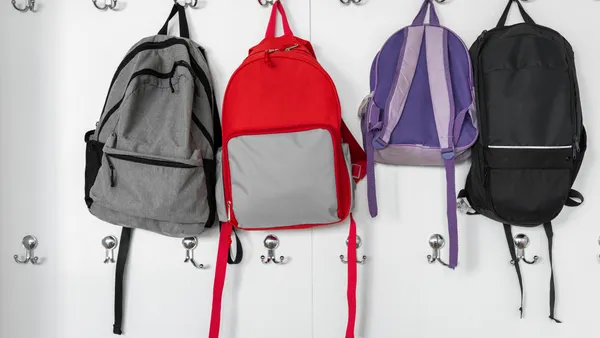States and school districts have just six more months from Saturday to commit to spending the last of the $189.5 billion dollars in federal COVID-19 emergency funds for K-12 programs.
After Sept. 30, states and districts then have another four months — or until Jan. 28, 2025 — to actually spend down the final allocation from the Elementary and Secondary School Emergency Relief funds earmarked under the American Rescue Plan.
The Sept. 30 deadline means a state or district may not enter into new contracts using ARP money after that date, unless it receives a spending extension from the U.S. Department of Education. School systems with extensions have until March 28, 2026, to spend down the monies.
If the funds aren’t spent by the liquidation deadlines, they revert to the federal government.
As the countdown begins, here are some highlights of the historic infusion of funding into the nation's schools:
By the numbers
74%
The percentage of ESSER funding spent as of the end of January 2024. Washington state has the highest rate, at 88%, and Nebraska has the slowest, at 56%.
13
The number of states that had 50% or more of their K-12 district-level ARP funds left to spend as of January.
$5 billion
The estimated national per-month spending rate of ESSER funds in the 2022-23 school year, putting schools on track to meet the allocation deadlines.
28
The number of states planning state-level evaluations of ESSER spending. Additionally, 27 states have reported plans for local-level evaluations.
5%
The percentage of spending in state education budgets for the 2020-21 school year that ARP funds would represent if spread evenly across the three years they were available.
$28 billion
The total amount states and districts were required to dedicate in ARP funds for learning recovery.
3
The number of reports issued to date by the Education Department's Office of Inspector General on selected state education agencies’ ARP oversight practices. The three states analyzed were Illinois, Kentucky and Washington.












